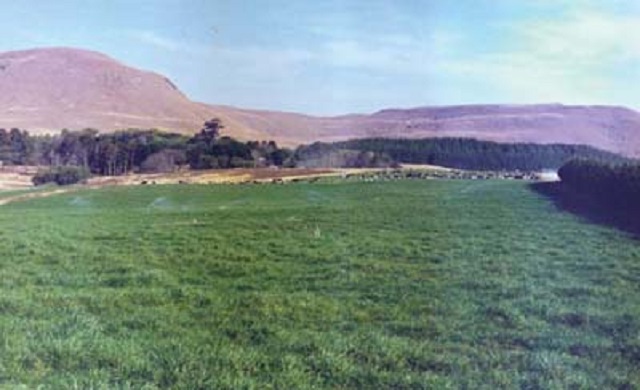
Fortunes Matutu
The cattle population in Zimbabwe is estimated at five million, with in excess of 89 percent of the national herd found in communal areas. Livestock plays a crucial role in the rural economy either directly or indirectly and in most communities, ownership of livestock is a symbol of social and economic status. Cattle, specifically, are a major source of income for communal households, playing an important role in rural livelihoods through provision of draught power, food (meat and milk) and manure.
The national cattle herd and other livestock is however under threat because of depleting pastures in communal areas. Insufficient feed supply, both in terms of quantity and quality, is usually cited as the major cause of poor livestock production, condition and deaths in communal areas.
One of the main causes of decrease in pastures is the open access uncontrolled grazing system which has further worsened due to the effects of climate change.
The expansion of human settlement and veld fires have also contributed to the depletion of pastures.
The deterioration of pastures is evidenced by changes in the vegetation species composition. There is more proliferation of undesired plant species which are not native to particular grazing areas.
These species spread fast and suppress growth of desirable plant and grass species which causes accumulation of moribund materials.
Palatable grass has been replaced by non-palatable grass while native tree species have been affected by bush encroachment and invasion by alien species.
Rangeland management has been neglected in communal areas. They have been limited farmer participation and low adoption of technologies in efforts to improve communal grazing areas.
Farmers seem to have adopted a do nothing approach and waiting for nature to take care of itself. These systems cannot be sustainable for livestock production in the face of climate change, increasing herd, human settlement and agriculture expansion.
The common scenario is to blame livestock for depleting pastures and eroding rangelands. However, research has shown that the major problem is how livestock and rangelands are managed. It is recommended to use participatory approach methodologies to assist communal livestock farmers to improve their grazing areas. Involving communities at all levels will ensure active participation and incorporation of indigenous knowledge systems.
There are various grazing systems that communal farmers can adopt. They have to desist from the system of unrestricted continuous grazing as it is not sustainable. Applying proper grazing systems will improve the environment and pasture conditions of the rangeland. As the forage growth improves it will increase stocking rates, ensure healthy livestock and higher economic returns.
Rotational grazing is when farmers rotate animals to different pastures. This happens when pastures are sectioned off into multiple areas or paddocks.
Traditionally this system was practiced by apportioning land into two sections where livestock would forage during the dry season and the other during the rain season.
This allows forage to regenerate and deepen its root system. Having a deeper root system will enable forage to handle drought conditions.
Leaving the grass to rest for longer periods builds resilience in the soil. More energy is harnessed from photosynthesis, creating a stronger and deeper root system. This improves water infiltration and storage capacity, reducing flooding as well as making the grass more drought-tolerant.
Continuous grazing means that animals will eat down the most nutritious grasses till there is nothing left. Not only will their nutritional value decrease but they will be less able to handle harsh conditions like low rains.
This system can only work when communal farmers change from the open access system to restricted access to the rangeland. Restricting access can reduce degradation of the resource by eliminating overexploitation which helps improve availability and quality of forage in the long run.
Assisted natural regeneration is simple, sustainable land regeneration practice that communities can use to restore their land, improve pastures quickly and efficiently. This intervention is built on allowing rangeland to regenerate on its own.
Grass, legumes and fodder trees can be planted on degraded pasture land to improve the availability of quality forage and fodder for livestock. The important principles to follow are controlled access and an improvement in the ecological functionality.
Stocking rate must be adjusted to carrying capacity. When livestock exceed the carrying capacity the rangeland becomes degraded and eventually livestock suffer poverty deaths. In such cases the farmers or community needs to destock in time in order to realise economic benefits. Funds from selling some of the livestock can be used to buy supplementary feed or rangeland management. If farmers do not destock nature destocks for them through poverty deaths.
Agro-forestry technologies, fodders production and “bushmeal” production can also be implemented to complement natural pastures in the community rangeland.
Community grazing land management can contribute to sustainable use of grazing lands and alleviate shortage of pastures during the dry season.
Most problems that have hampered grazing schemes relate to local governance. One common example is in relief grazing areas. Farmers are supposed to take their livestock to such areas only during the dry season but now famers have set up permanent stations and homesteads there.
Communities need to come up with effective by-laws to enforce grazing land management and end open access system.
l Fortunes Matutu is a forester with the Forestry Commission and has a special interest in social forestry
